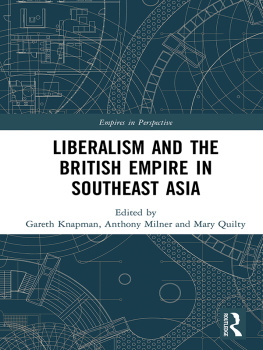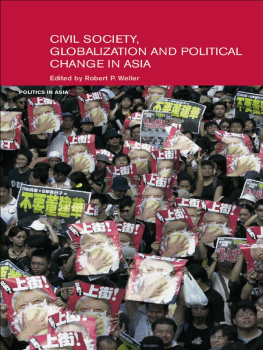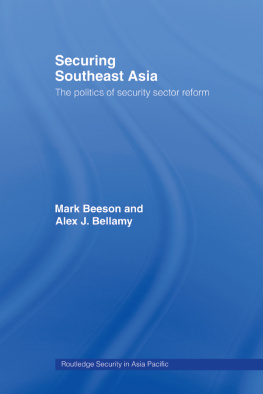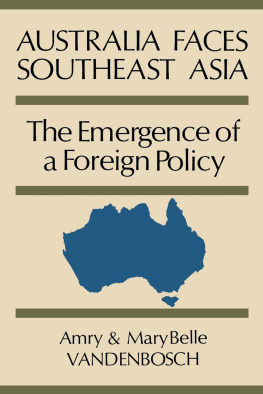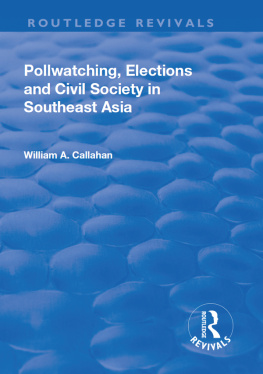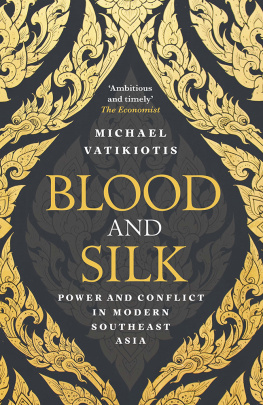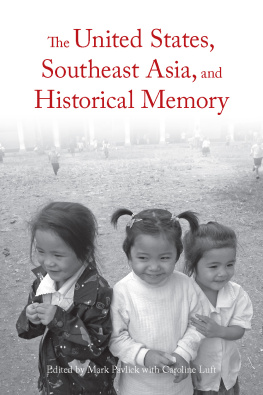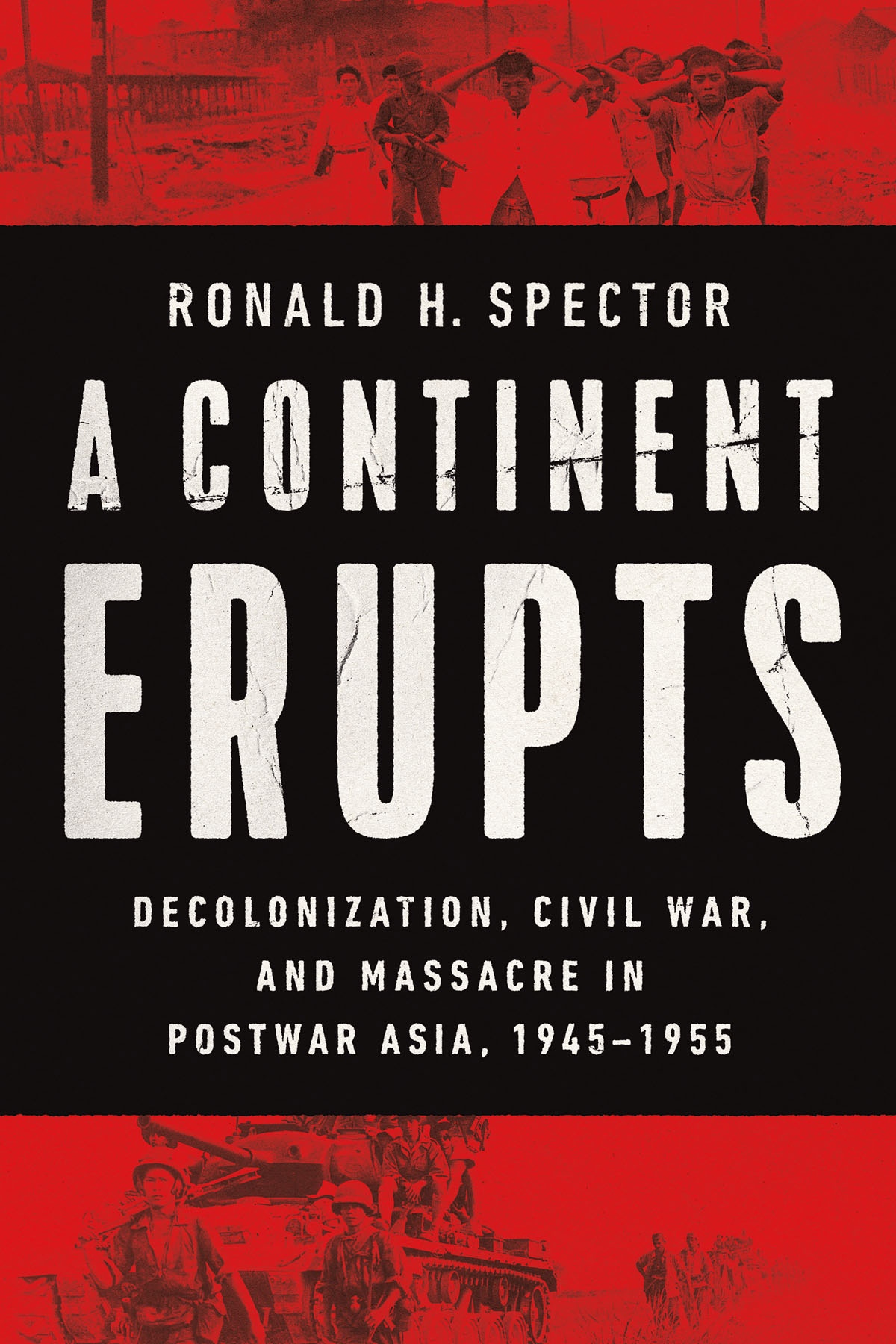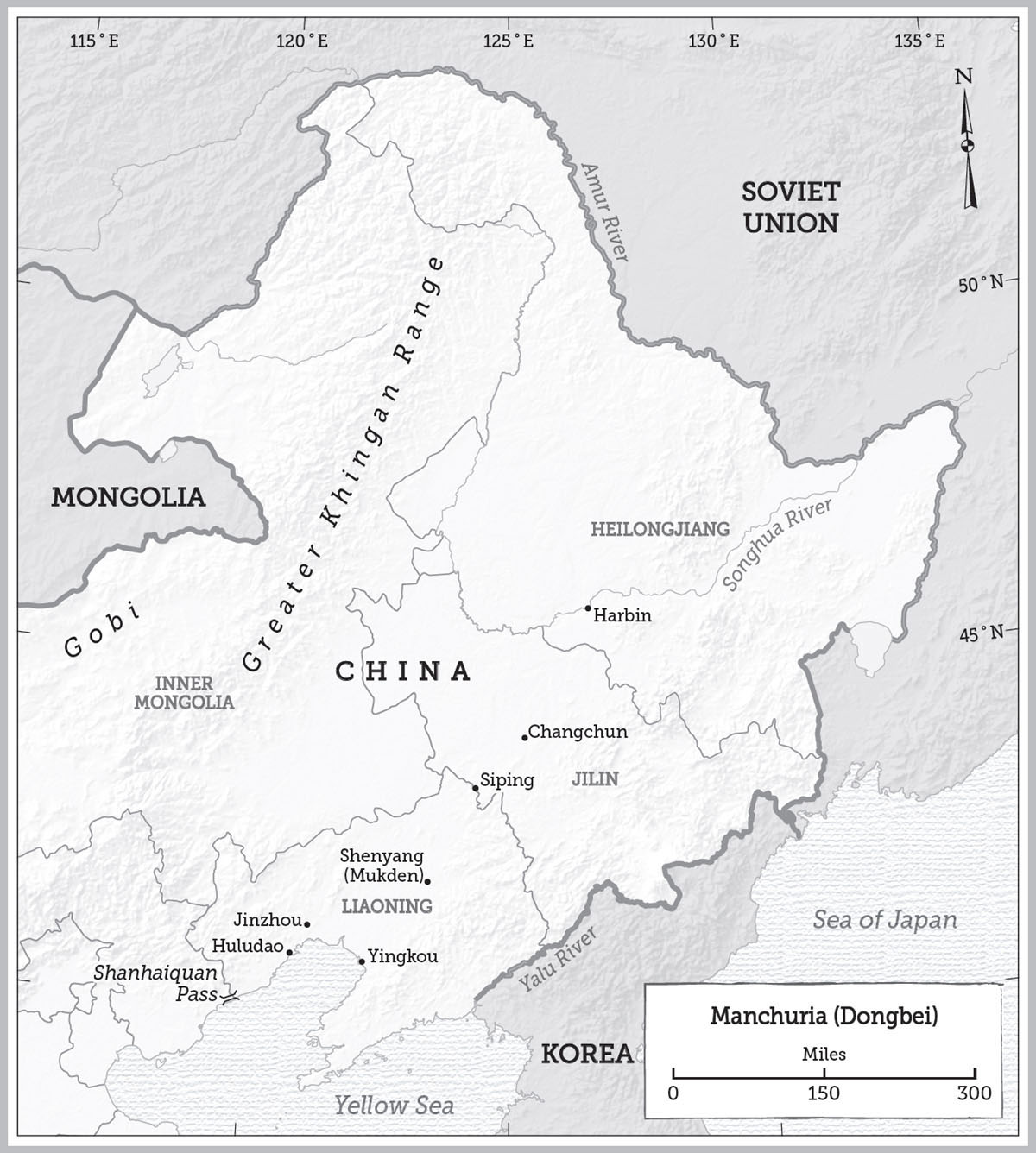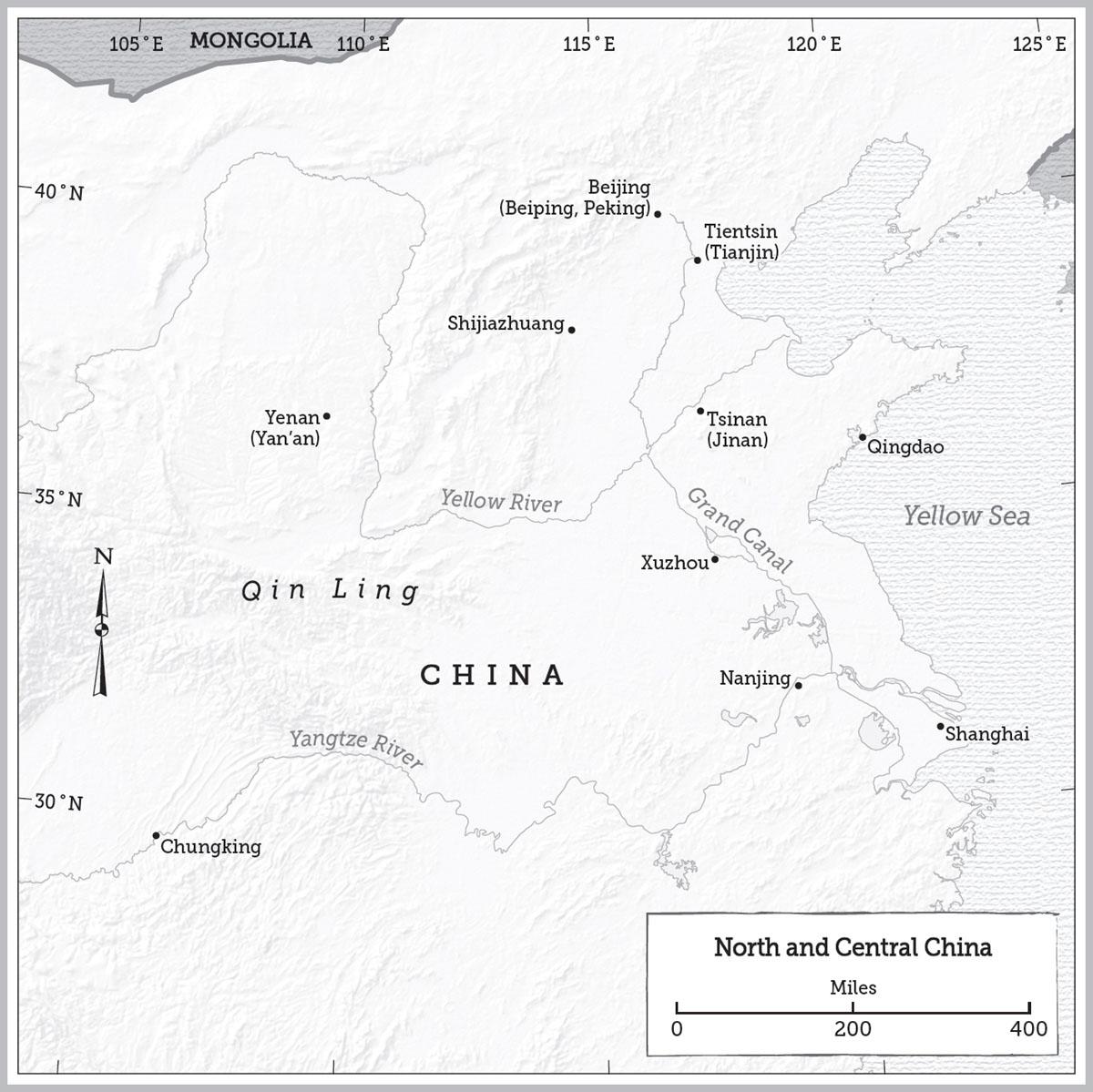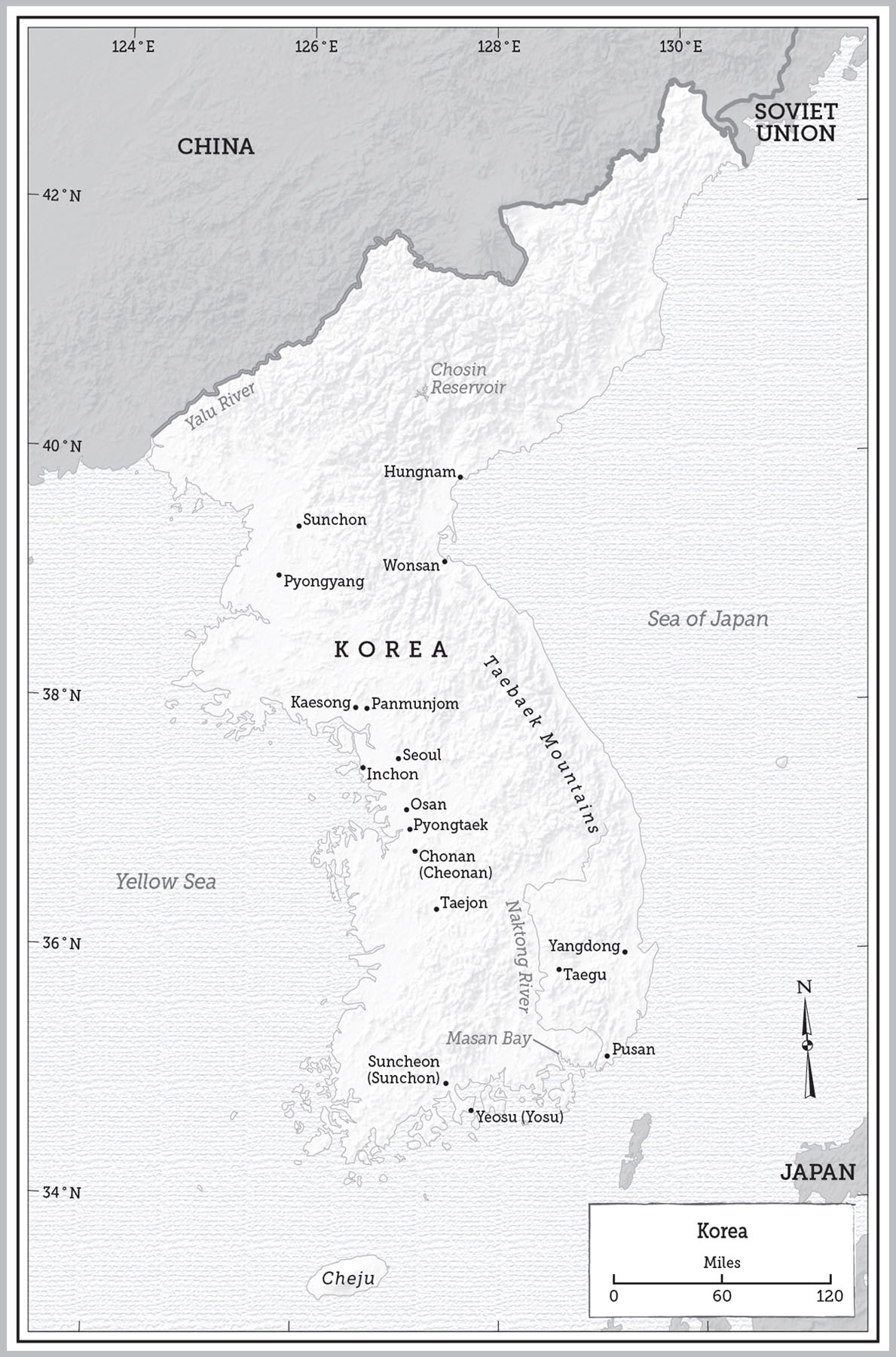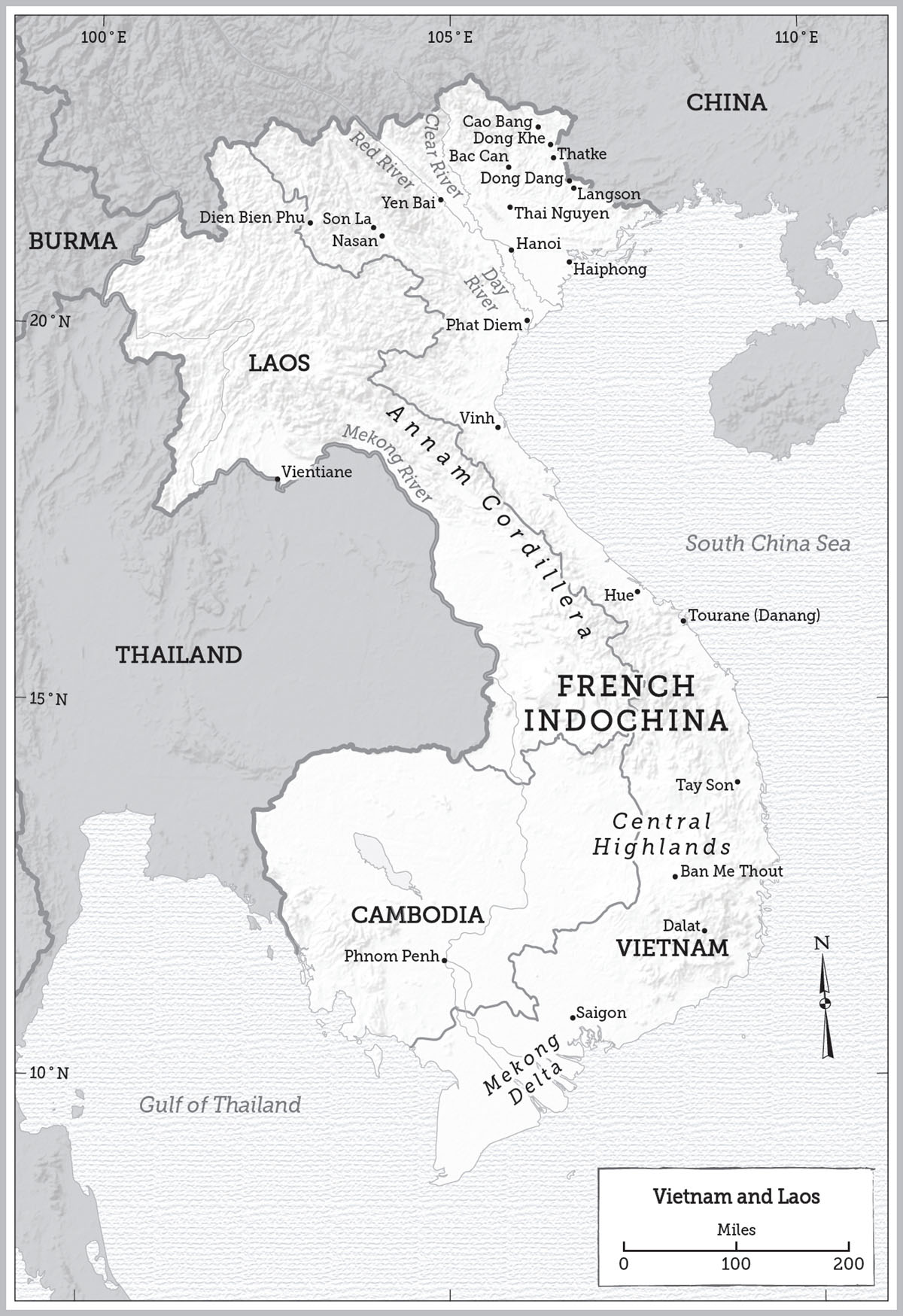Ronald H. Spector - A Continent Erupts: Decolonization, Civil War, and Massacre in Postwar Asia, 1945–1955
Here you can read online Ronald H. Spector - A Continent Erupts: Decolonization, Civil War, and Massacre in Postwar Asia, 1945–1955 full text of the book (entire story) in english for free. Download pdf and epub, get meaning, cover and reviews about this ebook. City: New York, year: 2022, publisher: W. W. Norton & Company, genre: History. Description of the work, (preface) as well as reviews are available. Best literature library LitArk.com created for fans of good reading and offers a wide selection of genres:
Romance novel
Science fiction
Adventure
Detective
Science
History
Home and family
Prose
Art
Politics
Computer
Non-fiction
Religion
Business
Children
Humor
Choose a favorite category and find really read worthwhile books. Enjoy immersion in the world of imagination, feel the emotions of the characters or learn something new for yourself, make an fascinating discovery.

- Book:A Continent Erupts: Decolonization, Civil War, and Massacre in Postwar Asia, 1945–1955
- Author:
- Publisher:W. W. Norton & Company
- Genre:
- Year:2022
- City:New York
- Rating:5 / 5
- Favourites:Add to favourites
- Your mark:
A Continent Erupts: Decolonization, Civil War, and Massacre in Postwar Asia, 1945–1955: summary, description and annotation
We offer to read an annotation, description, summary or preface (depends on what the author of the book "A Continent Erupts: Decolonization, Civil War, and Massacre in Postwar Asia, 1945–1955" wrote himself). If you haven't found the necessary information about the book — write in the comments, we will try to find it.
A harrowing history of the conflicts that swept Asia during the decade following World War IIand determined the fate of the continent.
The end of World War II led to the United States emergence as a global superpower. For war-ravaged Western Europe it marked the beginning of decades of unprecedented cooperation and prosperity that one historian has labeled the long peace. Yet half a world away, in China, Indonesia, Vietnam, Korea, and Malayathe fighting never really stopped, as these regions sought to completely sever the yoke of imperialism and colonialism with all-too-violent consequences.
East and Southeast Asia quickly became the most turbulent regions of the globe. Within weeks of the famous surrender ceremony aboard the U.S.S. Missouri, civil war, communal clashes, and insurgency engulfed the continent, from Southeast Asia to the Soviet border. By early 1947, full-scale wars were raging in China, Indonesia, and Vietnam, with growing guerrilla conflicts in Korea and Malaya. Within a decade after the Japanese surrender, almost all of the countries of South, East, and Southeast Asia that had formerly been conquests of the Japanese or colonies of the European powers experienced wars and upheavals that resulted in the deaths of at least 2.5 million combatants and millions of civilians.
With A Continent Erupts, acclaimed military historian Ronald H. Spector draws on letters, diaries, and international archives to provide, for the first time, a comprehensive military history and analysis of these little-known but decisive events. Far from being simply offshoots of the Cold War, as they have often been portrayed, these shockingly violent conflicts forever changed the shape of Asia, and the world as we know it today.
8-page black-and-white insertRonald H. Spector: author's other books
Who wrote A Continent Erupts: Decolonization, Civil War, and Massacre in Postwar Asia, 1945–1955? Find out the surname, the name of the author of the book and a list of all author's works by series.

